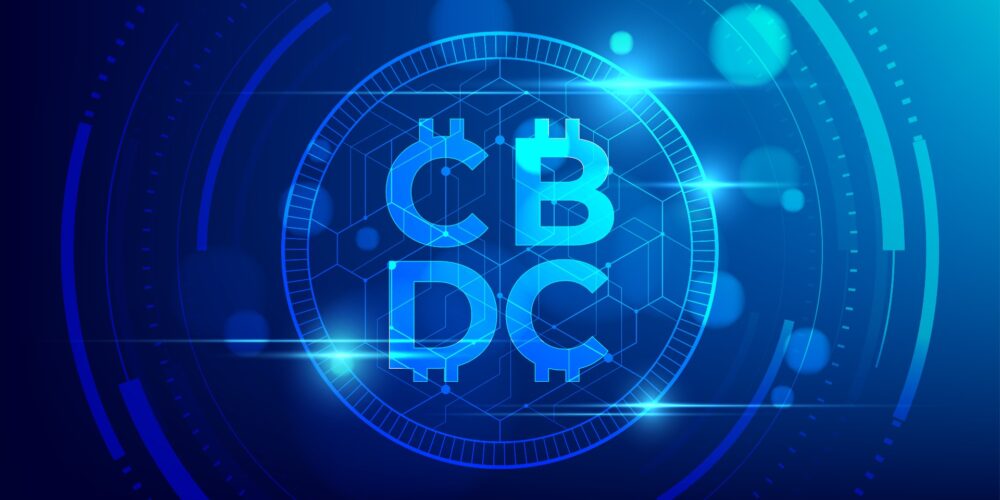The Reserve Bank of India has officially introduced the Offline Digital Rupee, a Central Bank Digital Currency designed to operate without an internet connection. This innovative move aims to enhance financial inclusion and deliver a cash-like experience to users in remote and low-network areas across the country.
Introduction to India’s Digital Revolution
The Digital Rupee, known as India’s Central Bank Digital Currency (CBDC), is a forward-thinking solution issued and regulated by the RBI, enabling users to electronically send and receive money while mirroring the value of physical currency. Stored securely in digital wallets, the Offline Digital Rupee stands out as it can facilitate transactions in locations with limited or no internet access through methods like NFC technology and QR codes, making it a revolutionary leap in the banking sector.
The tagline “Cash, but Digital!” captures the essence of this new currency, which not only allows seamless Person-to-Person (P2P) and Person-to-Merchant (P2M) payments but also promises to be faster and more reliable than traditional payment methods such as the Unified Payments Interface (UPI). This will significantly benefit users in rural or secluded areas where internet connectivity is sparse, thus enhancing their financial participation.
Pilot Program and Rapid Expansion
Initiated in December 2022, the pilot program for the Offline Digital Rupee has gained immense traction with its recent expansion to 17 banks and almost 6 million users by March 2025. The growth is truly remarkable: the circulation value of the digital currency skyrocketed from ₹234 crore to an impressive ₹1,016 crore in just over a year. Such an increase indicates a burgeoning acceptance and readiness to pivot towards digital payment solutions, showcasing India’s commitment to embracing fintech innovations.
“The pilot rollout of CBDC-R by the RBI is aimed at understanding the pros and cons of digital rupee implementation,” Vivek Iyer
His insight emphasizes the RBI’s strategic methods to ensure a robust understanding of the digital rupee’s performance before comprehensive rollout across all banks, with over 30 banks slated to participate in the near future.
Innovative Use Cases and Advanced Functionality
The Offline Digital Rupee is not just a mere digital currency; it is an integral tool for financial inclusion. Its programmability feature allows for targeted applications including direct benefit transfers, which are pivotal for government welfare schemes and subsidy programs. For instance, initiatives like Odisha’s Subhadra Yojana have successfully utilized this digital currency to reach around 88,000 beneficiaries.
Moreover, the currency can also facilitate employee allowances, carbon credit payments, and loans under the Kisan Credit Card scheme tailored for farmers. By automating conditional payments through programmable smart contracts, the RBI is paving the way for a future where financial processes are optimized for ease and efficiency, considerably widening the scope for microfinance and direct digital payments.
Future Prospects and International Collaboration
Looking ahead, the RBI is setting its sights on expansive cross-border applications for the Offline Digital Rupee, exploring bilateral CBDC pilots with select countries. Such initiatives aim to streamline international remittances, ensuring swift settlements while enhancing financial interactions for migrant workers sending money back home to India.
Key to this expansion will be maintaining a balance between user privacy and regulatory compliance under the Digital Personal Data Protection Act (DPDP). With a firm commitment to integrate unbanked populations into the formal economy, these efforts will not only promote efficiency but also create opportunities for individuals and businesses in India’s diverse economic landscape.
Embracing the Future of Finance
The RBI’s introduction of the Offline Digital Rupee signifies a monumental shift in the financial ecosystem of India. By incorporating cutting-edge technology and catering effectively to the needs of underserved communities, this initiative has the potential to revolutionize how financial transactions are conducted in the country. As the digital age ushers in new possibilities, the Offline Digital Rupee stands as a beacon of progress, encouraging all citizens to participate in the evolving landscape of finance.





